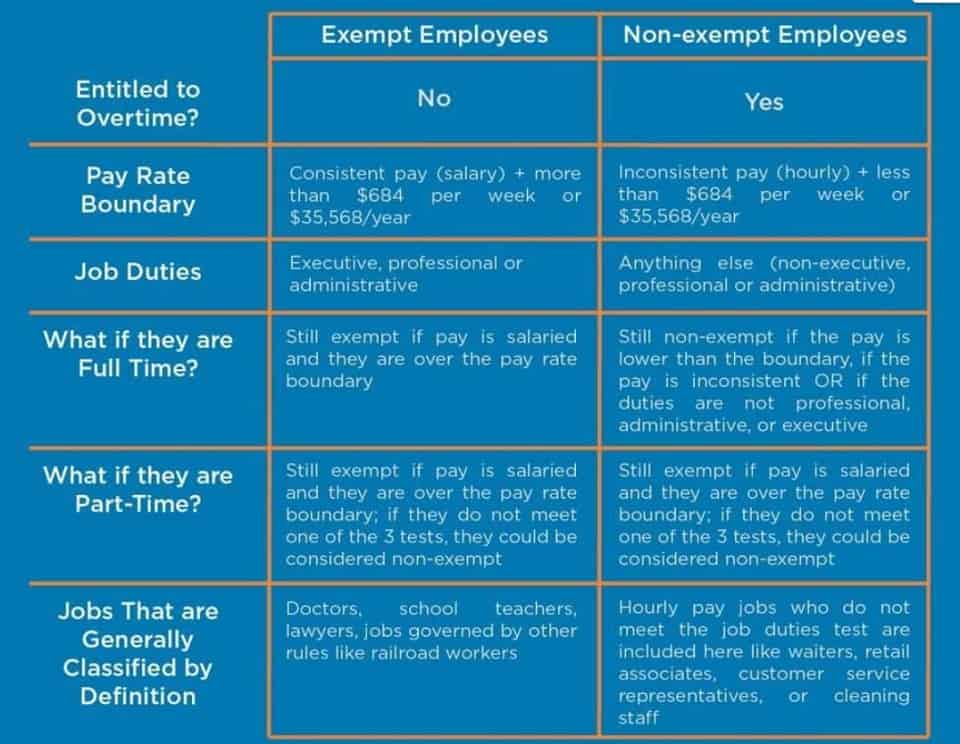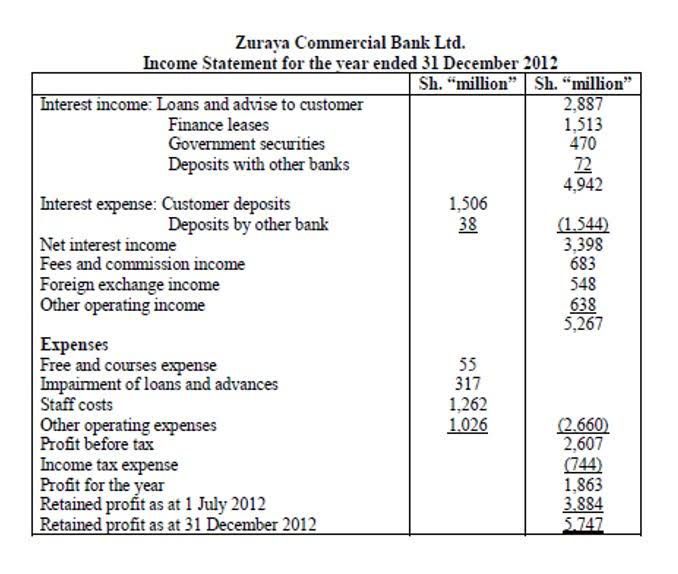How do you calculate applied manufacturing overhead?

Finally, you would divide the indirect costs by the allocation measure to achieve how much in overhead costs for every dollar spent on direct labor for the week. The choice of an allocation method depends on how managersdecide to group overhead costs and the desired accuracy of productcost information. For example, HewlettPackard’s printer production division may choose tocollect all factory overhead costs in one cost pool and allocatethose costs from the cost pool to each product using onepredetermined overhead rate.
3: Approaches to Allocating Overhead Costs

A company that excels at monitoring and improving its overhead rate can improve its bottom line or profitability. For example, overhead costs may be applied at a set rate based on the number of machine hours or labor hours required for the product. Overhead costs are expenses that are not directly tied to production such as the cost of the corporate office. To allocate overhead costs, an overhead rate is applied to the direct costs tied to production by spreading or allocating the overhead costs based on specific measures.

What are some concerns surrounding the use of a predetermined overhead rate?

Until now, you have learned to apply overhead to production based on a predetermined overhead rate typically using an activity base. An activity base is considered to be a primary driver of overhead costs, and traditionally, direct labor hours or machine hours were used the predetermined overhead allocation rate is the rate used to for it. For example, a production facility that is fairly labor intensive would likely determine that the more labor hours worked, the higher the overhead will be. As a result, management would likely view labor hours as the activity base when applying overhead costs.
Predetermined Overhead Rate (POHR): Formula and Calculation
- Finally, using a predetermined overhead rate can result in inaccurate decision-making if the rate is significantly different from the actual overhead cost.
- In larger companies, each department in which different production processes take place usually computes its own predetermined overhead rate.
- With $2.00 of overhead per direct hour, the Solo product is estimated to have $700,000 of overhead applied.
- The activity base (also known as the allocation base or activity driver) in the formula for predetermined overhead rate is often direct labor costs, direct labor hours, or machine hours.
- The total overhead cost in that pool is $141,000, according to the accounting records.
- This comparison can be used to monitor or predict expenses for the next project (or fiscal year).
The predetermined overhead rate formula can be used to balance expenses with production costs and sales. For businesses in manufacturing, establishing and monitoring an overhead rate can help keep expenses proportional to production volumes and sales. It can help manufacturers know when to review their spending more closely, in order to protect their business’s profit margins.
The overhead is then applied to the cost of the product from the manufacturing overhead account. The overhead used in the allocation is an estimate due to the timing considerations already discussed. Small companies tend to use activity-based costing, https://www.bookstime.com/ whereas in larger companies, each department in which different processes of production take place typically computes its own predetermined overhead rate. Hence, the overhead incurred in the actual production process will differ from this estimate.
- Hence, the overhead incurred in the actual production process will differ from this estimate.
- To account for these changes in technology and production, many organizations today have adopted an overhead allocation method known as activity-based costing (ABC).
- Also, profits will be affected when sales and production decisions are based on an inaccurate overhead rate.
- Therefore, in simple terms, the POHR formula can be said to be a metric for an estimated rate of the cost of manufacturing a product over a specific period of time.
- Direct costs are costs directly tied to a product or service that a company produces.
- All such information is provided solely for convenience purposes only and all users thereof should be guided accordingly.
The overhead rate is a cost added on to the direct costs of production in order to more accurately assess the profitability of each product. In more complicated cases, a combination of several cost drivers may be used to approximate overhead costs. The allocation of overhead to the cost of the product is also recognized in a systematic and rational manner.

What is the purpose of both actual and predetermined overhead rates?
Selecting an Estimated Activity Base
